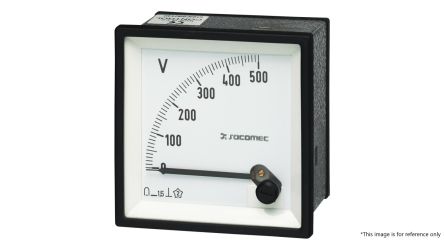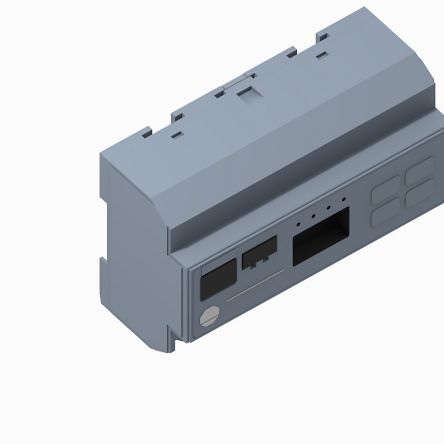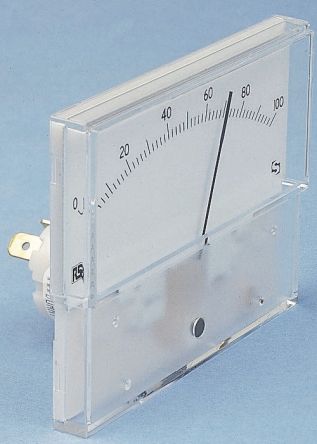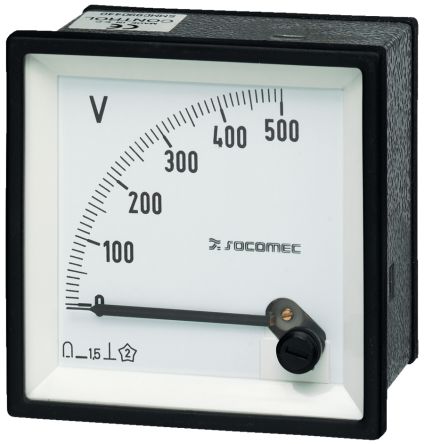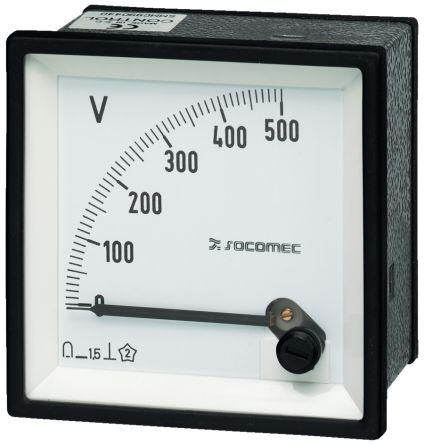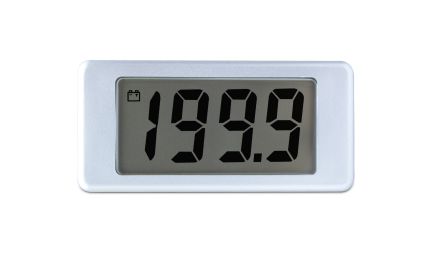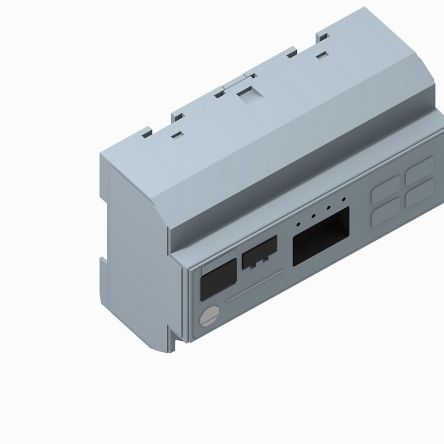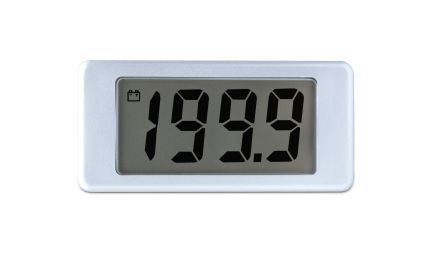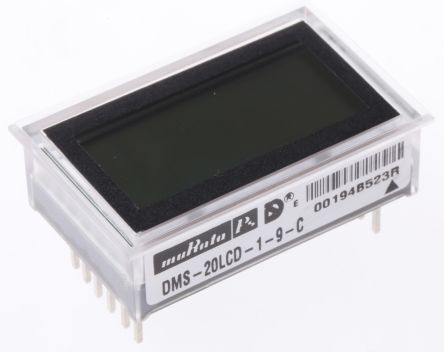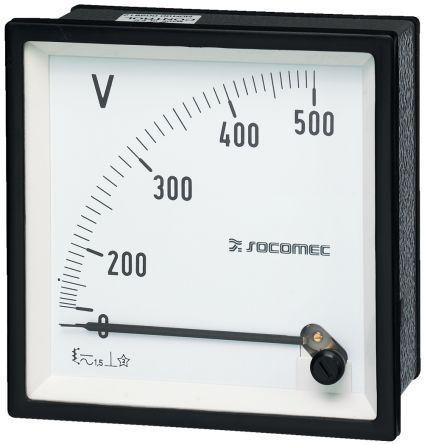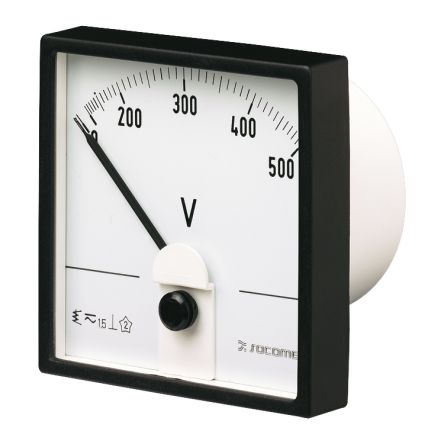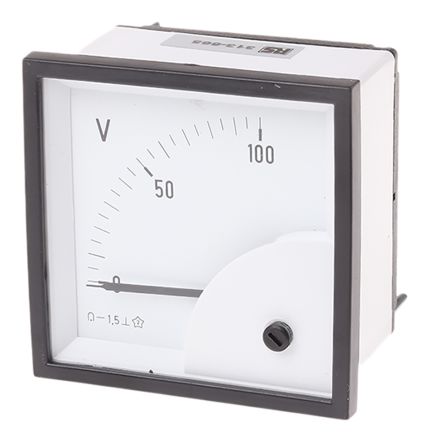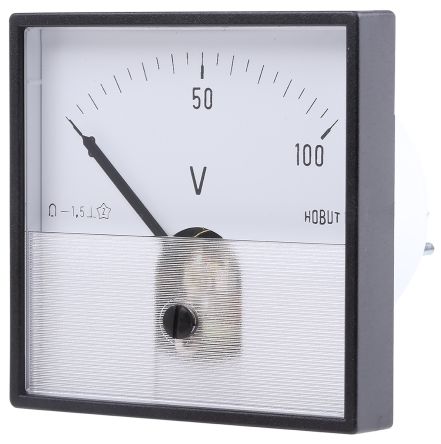- Automation & Control Gear
- Cables & Wires
- Enclosures & Server Racks
- Fuses & Circuit Breakers
- HVAC, Fans & Thermal Management
- Lighting
- Relays & Signal Conditioning
- Switches
- Batteries & Chargers
- Connectors
- Displays & Optoelectronics
- ESD Control, Cleanroom & PCB Prototyping
- Passive Components
- Power Supplies & Transformers
- Raspberry Pi, Arduino, ROCK, STEM Education & Development Tools
- Semiconductors
Voltmeters
Voltmeters, (sometimes referred to as volt testers) are instruments used to measure the electric potential difference, also known as voltage, between two points in an electrical circuit. Voltage testers are commonly used in electrical and electronic systems to determine the voltage levels at various locations. Voltmeters typically have a numeric display, such as an analogue needle or a digital readout, which indicates the voltage value in volts. They can be designed for specific voltage ranges or have adjustable settings to accommodate different measurement requirements. Voltmeters can be handheld devices or integrated into larger electrical equipment for monitoring and troubleshooting purposes.
What types of Voltmeters are there?
Analogue Voltmeters - these have a pointer or needle that moves across a scale to indicate the measured voltage. They typically use a moving coil or moving iron mechanism to convert the electrical signal into mechanical motion. Analogue voltmeters are simple and reliable but may have limitations in terms of accuracy and precision.
Digital Voltmeters (DVM) - provide voltage measurements in a numeric form on a digital display. They use analogue-to-digital converters (ADC) to convert the input voltage into a digital signal, which is then processed and displayed. DVMs offer higher accuracy, precision, and resolution compared to analogue voltmeters. They may also include additional features such as auto-ranging and data logging.
Moving coil voltmeters - these are either permanent magnets or dynamometers as measuring components with low power consumption benefits. Moving iron voltmeters can measure both AC and DC currents by producing a deflective torque. The torque-to-weight ratio is high which means increased accuracy of readings.
Electrostatic voltmeters - these measure current flow based on attracting, repulsion or symmetry between two electrically charged plates. Their benefits are the high voltage range capacity of 200KV.
What are the Benefits of Voltmeters?
- Accurate Voltage Measurement: Voltmeters provide accurate and precise voltage measurements, allowing for precise analysis and troubleshooting of electrical systems.
- Easy-to-Read Displays: Most voltmeters have clear and easy-to-read displays, whether analogue or digital, making it convenient to interpret the measured voltage values.
- Versatility: Voltmeters can measure voltage in various electrical systems and circuits, making them versatile instruments suitable for a wide range of applications.
- Safety Assurance: Voltmeters play a crucial role in ensuring safety by allowing technicians and electricians to verify the absence of voltage before performing maintenance or repairs.
- Troubleshooting and Maintenance: Voltmeters are essential tools for troubleshooting electrical issues. By measuring voltage levels at different points in a circuit, technicians can pinpoint the source of problems and take corrective actions.
- Calibration and Verification: Voltmeters are used for calibrating and verifying the accuracy of other measuring instruments, ensuring consistent and reliable measurements across the entire electrical measurement system.
- Data Analysis and Monitoring: Voltmeters can be used to monitor voltage levels over time, enabling data analysis and trend monitoring.
